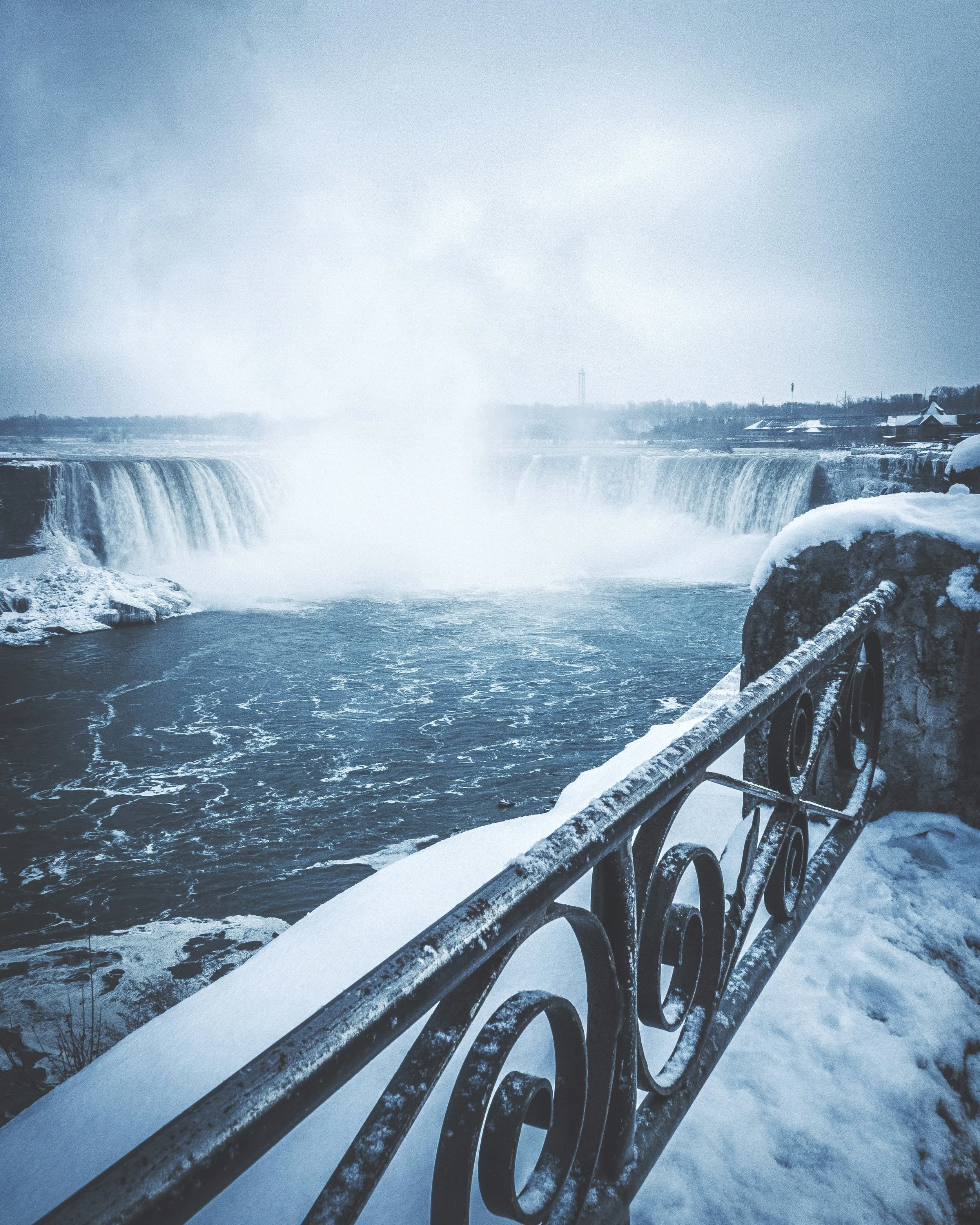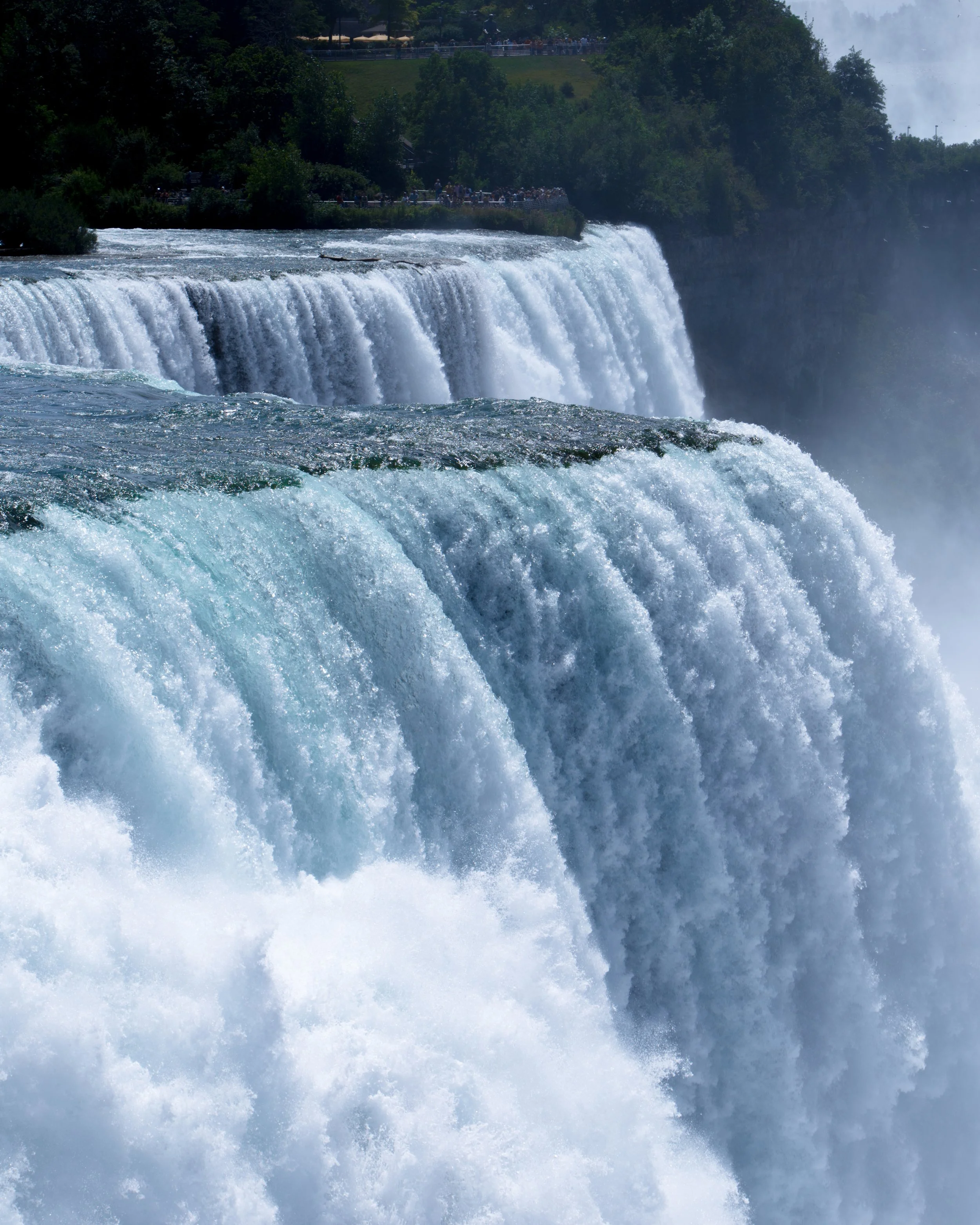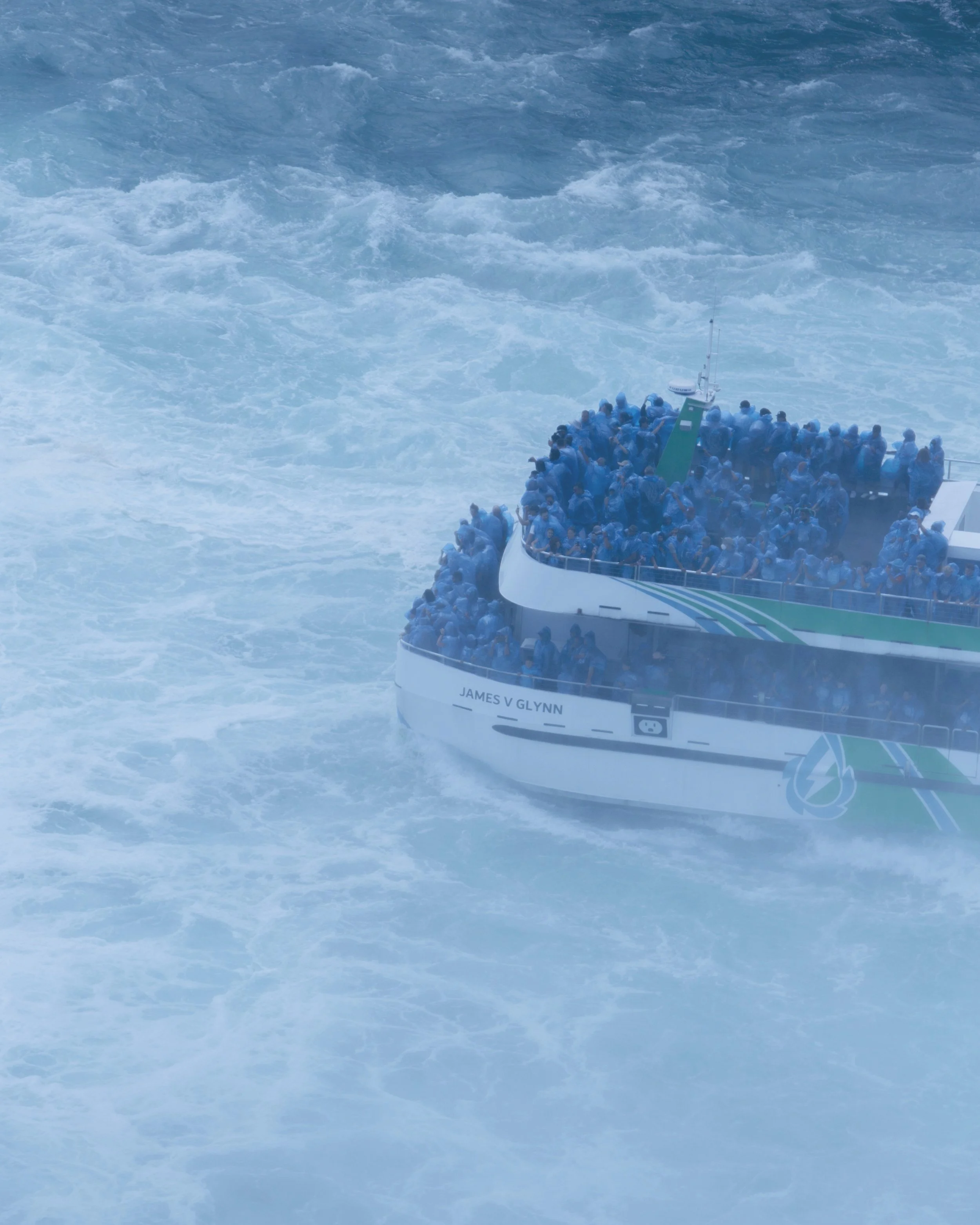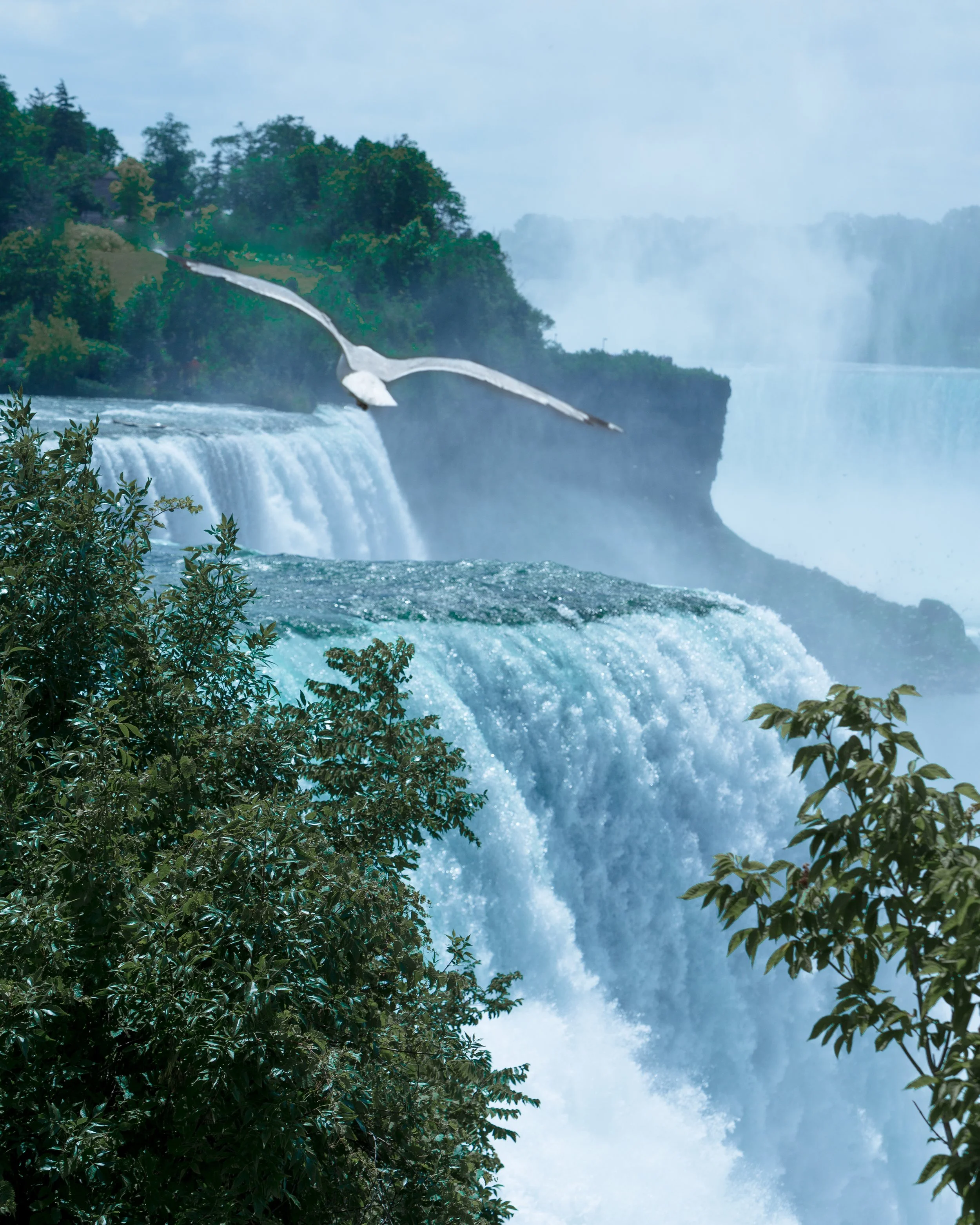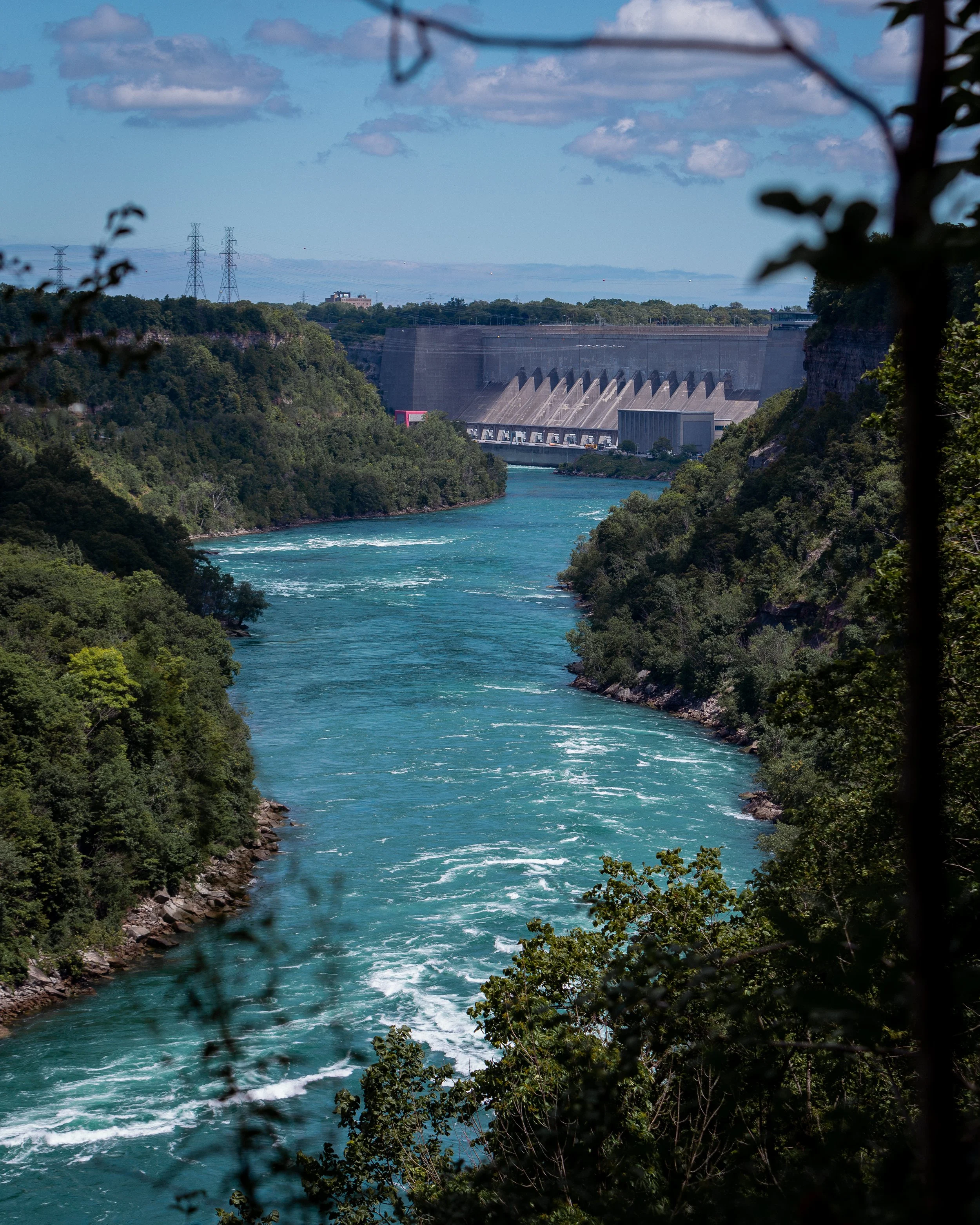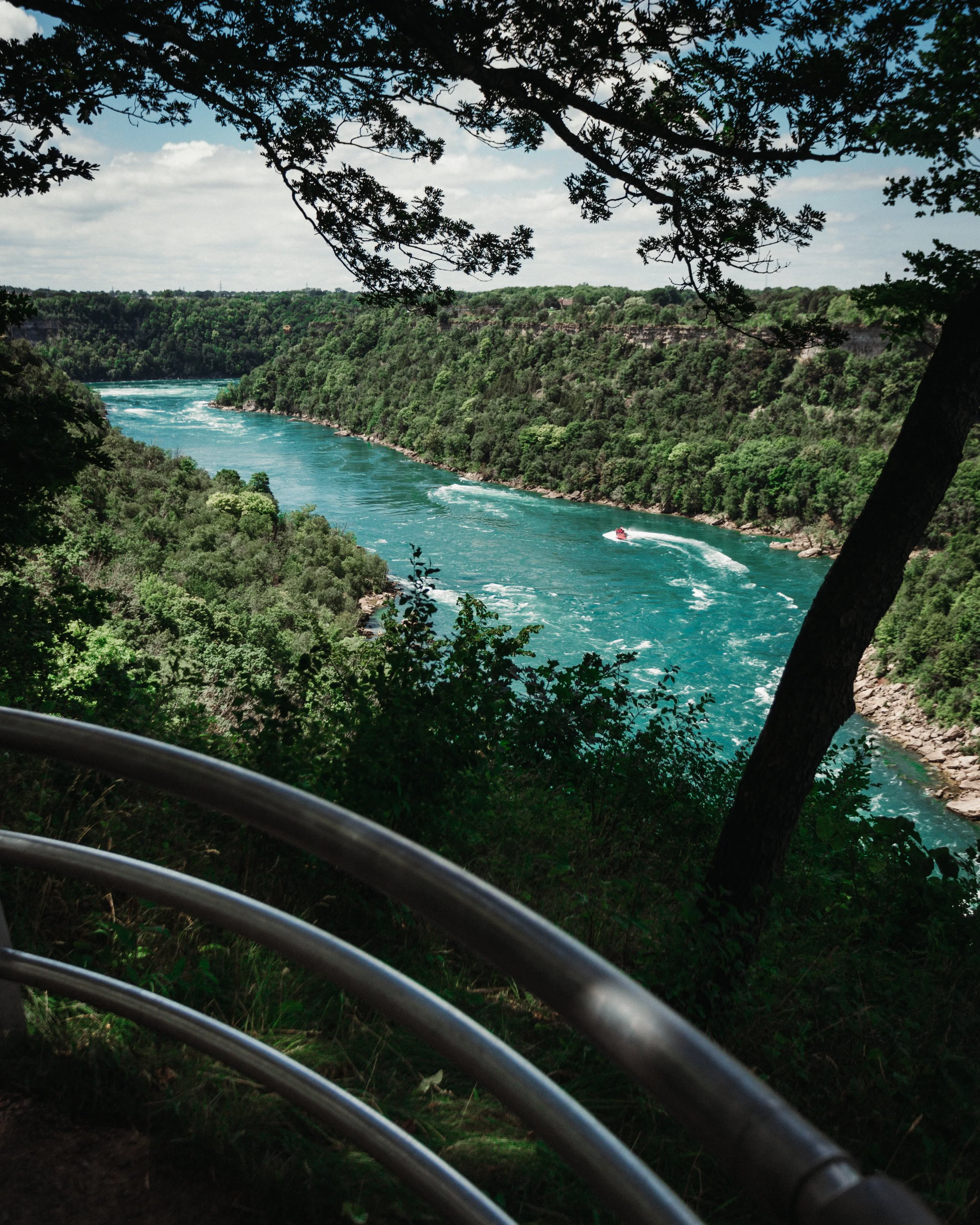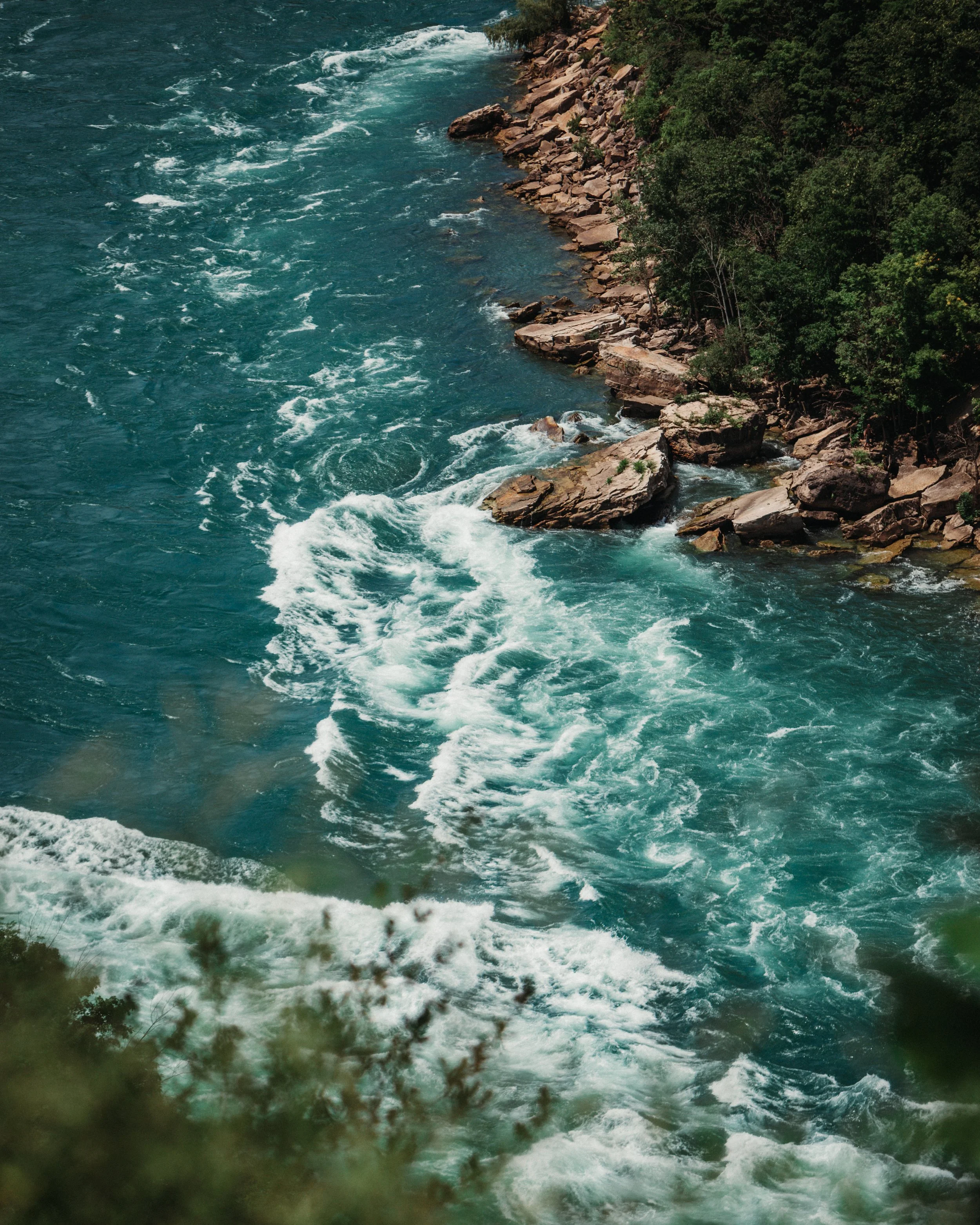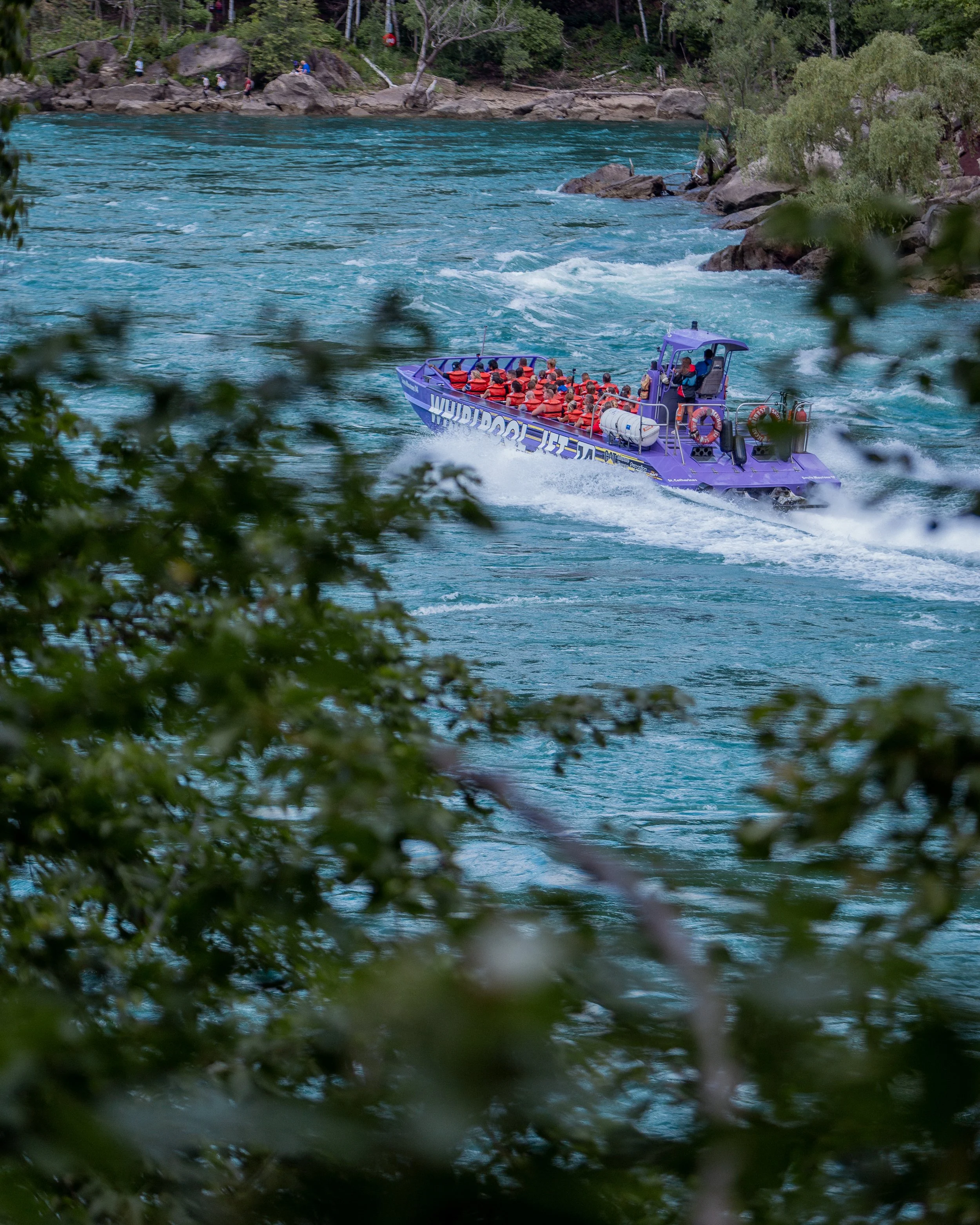A Different Perspective
When one thinks of Niagara Falls it is only natural to envision the Canadian side of the Horseshoe falls. I had the privilege of visiting the Canadian side of the falls in 2020 right before covid but also during a blizzard. The Niagara region looks much different when it is below zero degrees Fahrenheit. The picture you see was taken on the Canadian side of the Horseshoe falls mid afternoon, and as you can tell it was very cold but the view was utterly breathtaking. At the time I was using only a cropped sensor camera with a kit lens but I was still able to capture a photo that I am proud of to this day. The point that I am trying to make is that anyone can capture a photo regardless of what gear they use as long as they know how to take a picture. This photo is important to me because of the experience rather than the technical accurateness of the shot. Recently I was given the opportunity to revisit the
Niagara region but this time on American side which allowed me to see what the state of New York had to offer. The biggest sight to see is the “American Falls” on the New York side of the river, and as long as you have a telephoto lens you should be able to get some decent side photos of the falls. I was able to capture a seagull as it flew through my frame and it offered a little bit more of an interesting aspect to the photo. Meanwhile the plain minimalist look of the falls without the distractions of the trees or the seagulls can also be appealing. Seeing just the water as it appears to be falling off the corner of the photo leaves an emotion that is unmistakable. Another great sight is the Maid Of The Mist as she sails into the foggy water spray. Another view that I tried to capture
As I approached the Horseshoe Falls I did my best at photographing the various landscapes and landmarks while trying to stay in my style. Throughout my walk I tried photographing the falls with different techniques but these just did not compare to the view I caught in Canada on that blissfully cold day back in 2020. Once I arrived to the American side of the Horseshoe falls I found it to be a disappointment. I did arrive around noon on a sunny day which is worst conditions to take photos of anything but I think that the view would still be bad even in optional conditions. The main problem that I encountered with was that there was a constant cloud of mist on the American side of the Horseshoe falls that blew into my face, and because there was so much moisture in the air that was also being caught by the sun
it became impossible to see anything at any point of the falls. Another issue altogether is fighting through the crowds in order to snap off a photo — not a problem If you plan to visit the fall in subzero temperatures. When trying to capture any photos through crowds one must carry a telephoto lens because a wide lens would see all the people which would block the view of the falls. A telephoto lens not only offers the ability to capture scenes the way that a wide lens simply cannot, the lens also offers a way to highlight a subject in a way that a wide angle lens is incapable of accomplishing. Telephoto lenses offer the ability to “compress” an image which means that the subject will “pop” off the blurred background creating a more appealing and professional image.
You can really see the compression effect when you use a lens with a maximum aperture of 2.8 or greater; using a lens with a variable aperture lens will not be as noticeable until you reach the 400mm length or greater. Speaking about the region itself in greater detail The Niagara River connects Lake Erie to Lake Ontario. Lake Ontario then gets dumped into the Saint Lawrence River and subsequently flows into the Atlantic Ocean. It is estimated that the area has the highest amount of tourism in the Western Hemisphere, and is named the Honeymoon capital of the world by both the United States and Canada. The most interesting thing about the falls is the sheer amount of water that the region has flowing
through the area. The American and Canadian governments estimate that the falls flow at a speed of about 35mph, and they have the capacity to produce 2.4 million kilowatts of electricity per hour. The generated electricity is provided to southern Ontario and Western New York, and the generators do most of the operating at night so that the falls look their best for when visitors arrive during the day. Another interesting thing about the falls is when an elderly lady decided to harness her inner hobbit and do some barrel riding over the falls in 1901, and reportedly she survived with only a small gash on her head, and she lived for another 20 years afterward. I Photographed what I could on the American side of the falls and went on my way down the road to New
York’s “Devil’s Hole State Park,” which features a great vista over the Niagara river between the Falls and the Lewiston-Queenston Bridge. When you drive in to park you will find a park that is right beside a trail which features several overlooks that offer a beautiful landscape over the Niagara River. These scenes include whitewater rapids, watercraft, and beautiful elements of foreground like rails and trees. The trail also offers a lower more scenic trail that offers more close up looks onto the oncoming watercraft that ride the river. Both of these scenarios require the upmost attention to detail and fast reflexes as these boats move quickly when trying to frame them through the trees. I preferred the upper trail because of the beautiful landscapes that highlighted the
wondrous aquamarine river that flows between the two countries. The best photos from the upper trail typically have whitewater rapids and boats as their subjects. This park is definitely not as popular as the falls themselves but it should be a place that everyone should visit If they plan a trip to the Niagara area since the foot traffic seemed to be a lot less in the state park than what I saw at the falls themselves. Whether someone wants to plan an entire weekend around the falls or maybe just passing through on their way to New England the Niagara Region is a must stop location for any photographer regardless of which side of the river you live on and I would say that the stop is especially important on the American Side.


